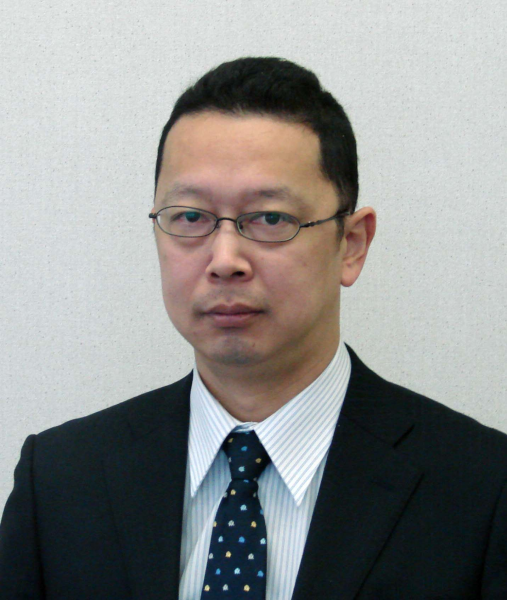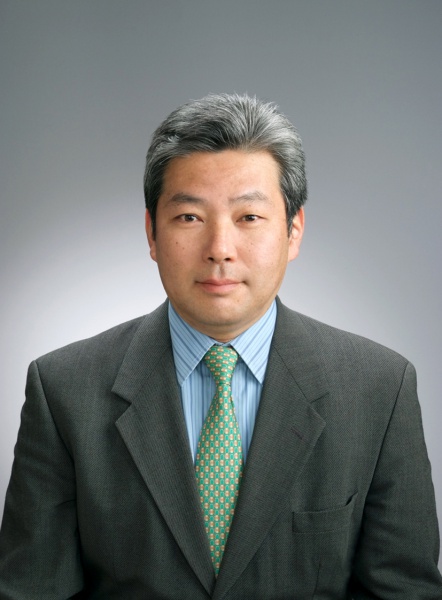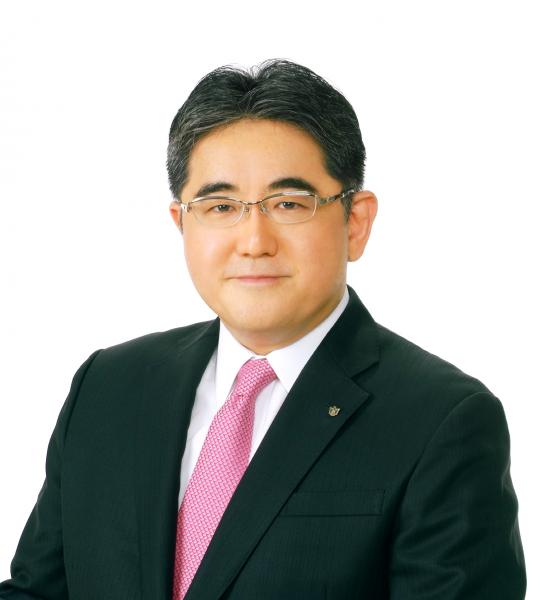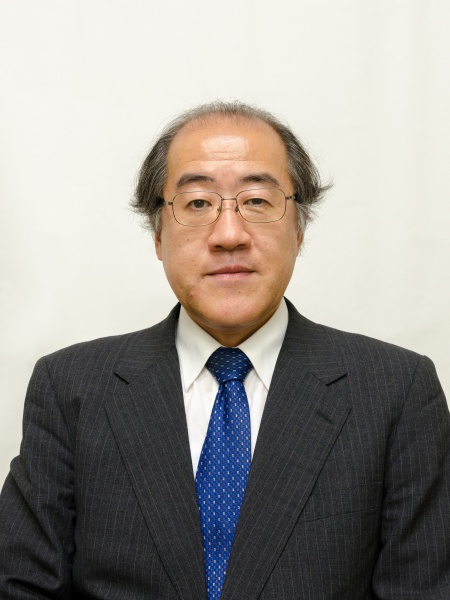Hope for a Wage Increase

Yoshikawa Hiroshi, Professor, Graduate School, University of Tokyo
At the Government-Labor-Management Meeting held in the Prime Minister’s office on October 17, representatives from two leading Japanese companies—namely, President Toyoda Akio of Toyota Motor Corporation and Chairman Kawamura Takashi of Hitachi, Ltd.—expressed their positive views toward a wage increase. Prime Minister Abe Shinzo responded to this by saying, “We have heard very encouraging news.” Several years ago, or even just a year ago, there weren’t many people who thought that a wage increase would be a real possibility. I’m probably not the only one who feels that this trend has changed.
Nominal wages began to decline in Japan between 1997 and 1998, just as a financial crisis was taking place. Many economists believe that, just like inflation, deflation is a “monetary phenomenon”—that is, deflation happens when the amount of money in the market is insufficient compared to the amount of goods. However, I firmly believe that the answer to the question of “Why did Japan fall into deflation when no other developed country did?” is “Because its nominal wages fell.”
In general, wages don’t fall easily in any country at any time. Those of you who have studied economics have probably heard the phrase “downward nominal wage rigidity” somewhere. Actually, it’s primarily because wages don’t fall easily that developed nations didn’t experience deflation after the war. Downward nominal wage rigidity is, so to speak, a deflation stopper. However, this stopper was removed in Japan around 1998. It is difficult to stop the resulting deflation solely through the power of money.
Anyway, my questions are: “Why was this deflation stopper removed?” and “Why did wages continue to decline?” This goes back to the collapse of the bubble economy in the early 1990s. Back then, companies with too much debt and facilities were also exposed to severe international competition due to the rapid advancement of emerging countries. Against this backdrop, Japanese companies tried to minimize costs, so they replaced regular employees with non-regular ones. They started to reduce wages, with their main objective being to preserve employment. This led to the prolonged deflation.
Cutting back on wages seems reasonable for a single company to do. From a macroscopic viewpoint, however, it is nothing but a path to gradual decline. The General Theory of Employment, Interest and Money, a book authored by John Maynard Keynes, was virtually written to counter the argument of Professor Pigou of the University of Cambridge, a leader in neoclassical economics. Pigou advocated that unemployment occurs when the wage level is significantly higher than the equilibrium level that provides full employment, and that reducing wages will lead to increased employment. Countering this argument, Keynes maintained that the main reason behind the problem of unemployment vs. employment lies in the demand for goods and services, and that reducing wages will aggravate, rather than solve, this problem.
Employment, or labor demand, is a result of demand for the goods and services that companies produce and sell. When goods are selling well and production increases, companies employ more people. When goods do not sell well, employment is reduced, resulting in unemployment. It all depends on the demand for goods. This is what Keynes’ “effective demand principle” is all about. A decline in wages leads to a decrease in consumption, which constitutes 60% of aggregate demand.
The fourth arrow of Abenomics, which uses the economic recovery as an opportunity to ask companies to increase their wages, has been released in the right direction. Of course, this doesn’t mean that every company will raise its wages at the same time in response to the government’s directive, because Japan is not a socialist country. However, if the prolonged downward trend in wages turns around, a virtuous circle will surely be created in the Japanese economy.
Translated from “Konshu no Me / Keizai wo Miru Me: Chingin Hikiage eno Kitai (Eye of the Week / Eye on the Economy: Hope for a Wage Increase),” Weekly Toyo Keizai, November 16, 2013, p 9. (Courtesy of Toyo Keizai) [November 2013]




